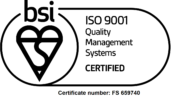What is DVT?
DVT, or deep vein thrombosis, is the formation and release of blood clots (thrombi) inside the deep veins, most often in the legs. PE (pulmonary embolism) occurs when one of these thrombi becomes lodged in the lungs. Together, these conditions are referred to as VTE, or venous thromboembolism. DVT can cause significant, crippling damage. PE is a life-threatening event. A primary cause of DVT is immobility during and after surgery, and during hospitalisation. The muscles used in walking press on the veins in the legs, pumping blood towards the heart. Without this activity, blood flow slows.
DVT prevention
Methods to prevent DVT include clot-preventing drugs, pneumatic compression, anti-embolism stockings, and early ambulation.
Intermittent Pneumatic Compression (IPC)
Pneumatic compression, also called IPC (intermittent pneumatic compression) or SPC (sequential pneumatic compression) is effective and inexpensive, with very few adverse effects. It can be used in patients at risk of bleeding, or in combination with pharmaceutical prophylaxis.
How the leg pump works
Blood flow in the deep veins is significantly affected by physical activity. The deep veins are surrounded by muscles that press against the vein walls. As the muscles contract and extend during normal physical activity, the veins are compressed, causing the blood inside them to flow towards the heart. One-way valves inside the veins keep the blood from moving in the wrong direction. Two powerful mechanisms for propelling this venous blood are the calf muscles on the back of the lower leg (the “muscle pump”), and the vein bed located on the sole of the foot (the “foot pump”). When you walk, the veins on the sole of the foot are compressed and released. This “pumping” action squeezes the blood inside the veins upwards, to the heart. At the same time, the powerful muscles on the back of your lower leg contract and extend, applying and releasing pressure to the veins of the legs, also propelling the venous flow. In fact, the blood-moving action of the “muscle pump” is so effective that this mechanism is often called the “peripheral heart.” When a patient is immobile for long periods, such as during and after surgery, recovering from injury, or as a result of illness or stroke, the “muscle pump” and “foot pump” are in disuse. Under these conditions, venous blood may stagnate in the legs, allowing clots to form. Other risk factors aside from immobility may further increase risk of clot formation. DVT and PE can both be effectively treated, but prevention is by far the best method of defense.
How does the Phlebo Press® work?
Phlebo Press® DVT is a pneumatic compression therapy device for prevention of deep vein thrombosis. It works by mimicking the action of the muscle pump and the foot pump on the veins of the leg by applying pressure, first to the sole of the foot, and then sequentially up the calf. The sleeve then deflates, allowing the veins to refill. Phlebo Press® DVT products offer two modes of compression: sequential and intermittent. Sequential compression uses four chambers, inflating in sequence, to create a directional pressure wave. Intermittent compression uses a sleeve containing one chamber. Both types are very effective at increasing blood flow . The sleeve inflates, holds briefly, and then deflates and pauses. The process is then repeated.
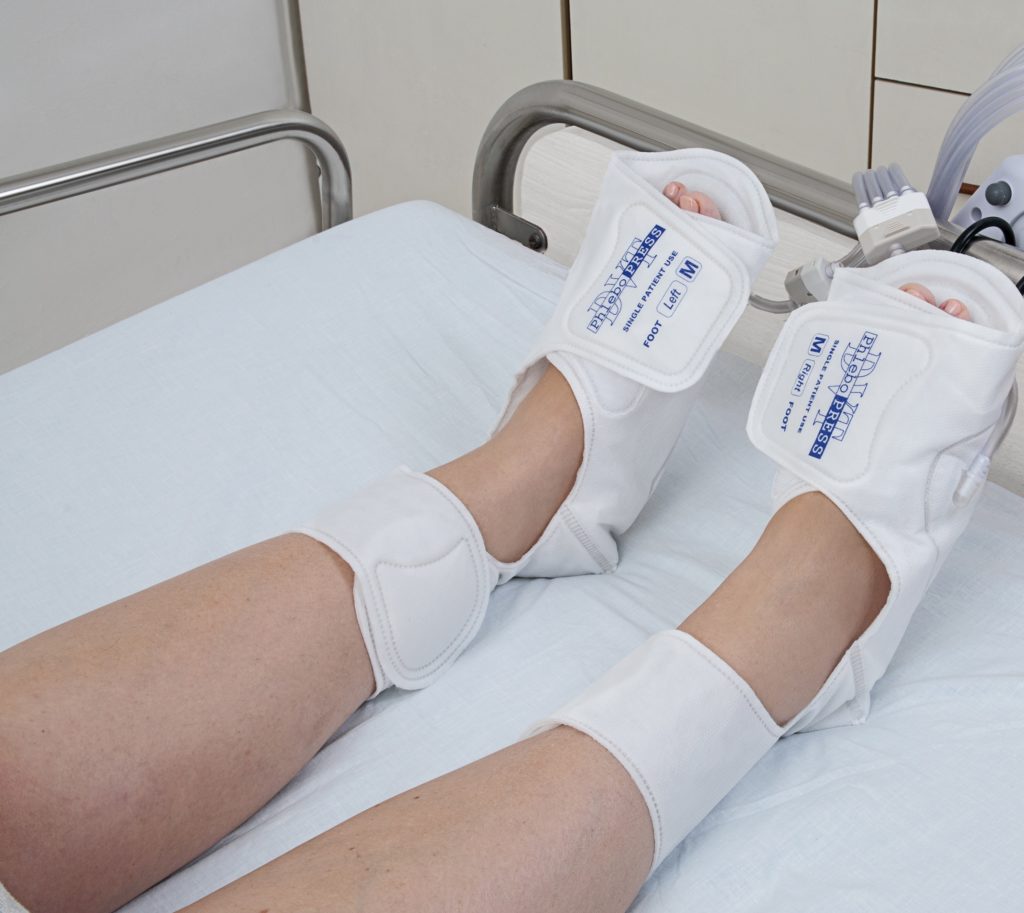
Foot sleeve 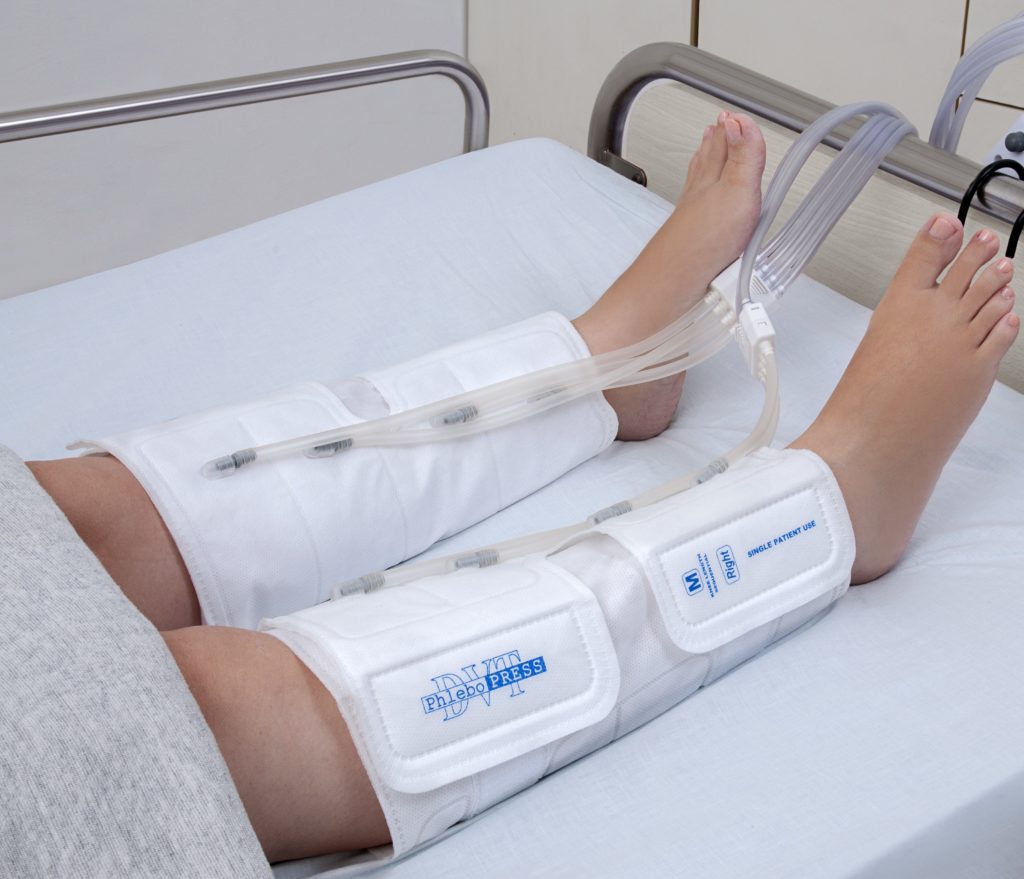
Calf sleeve 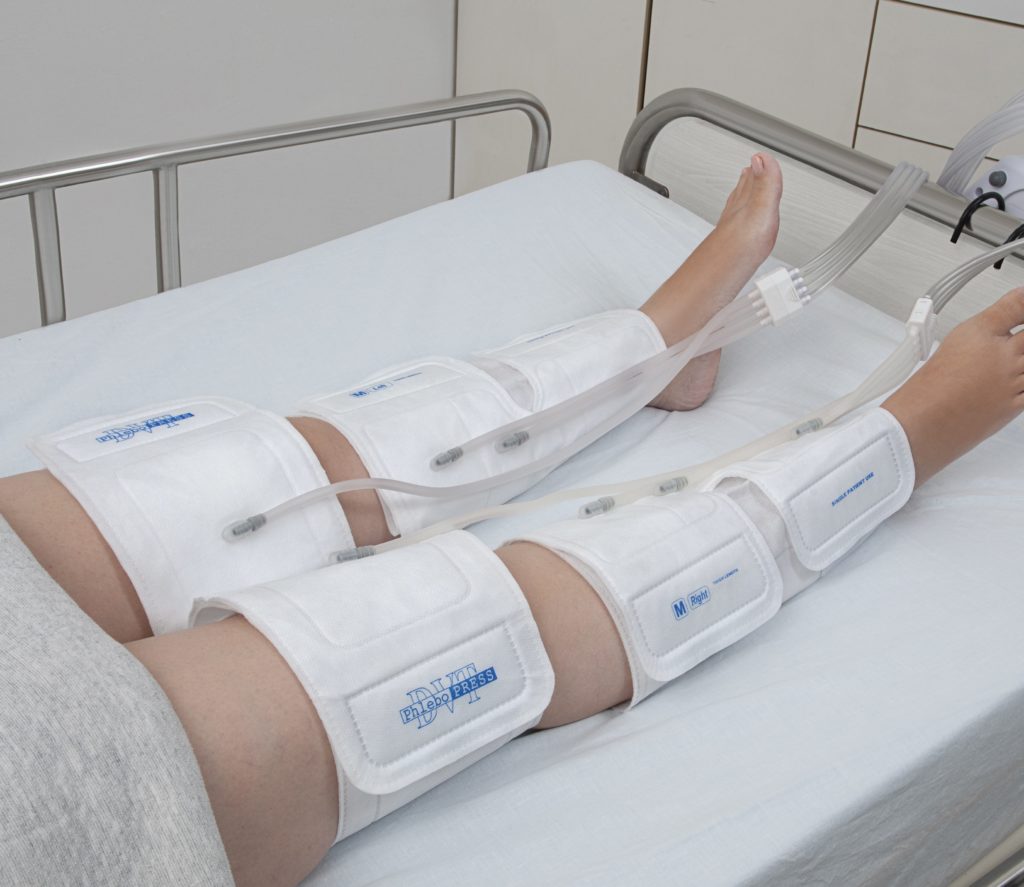
Calf and thigh sleeve 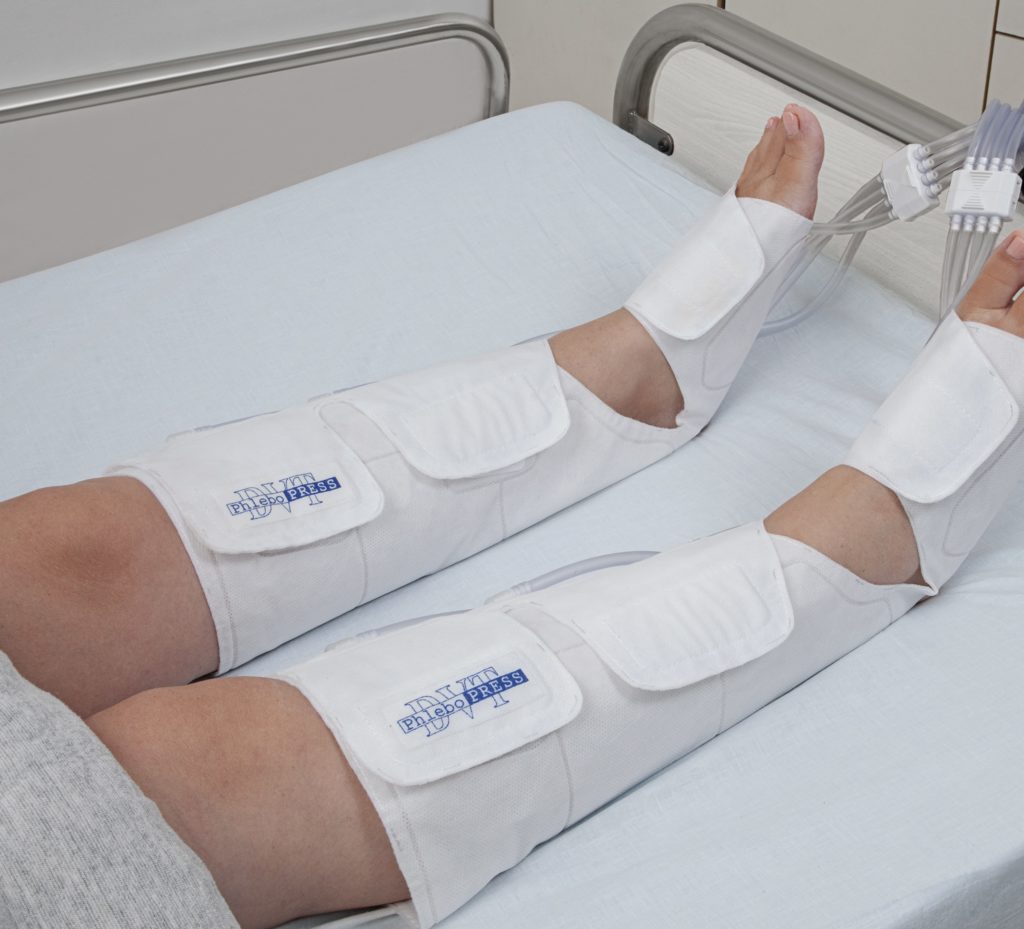
Calf and foot sleeve
Find out more about our product range here.
Clinical Studies with Phlebo Press® DVT
J Cardiol. 2010 May;55(3):384-90. doi: 10.1016/j.jjcc.2010.01.002. Epub 2010 Feb 6. The impact of intermittent pneumatic compression devices on deep venous flow velocity in patients with congestive heart failure. Nose Y, Murata K, Wada Y, Tanaka T, Fukagawa Y, Yoshino H, Susa T, Kihara C, Matsuzaki M.
J Arthroplasty. 2012 Jan;27(1):105-8. doi: 10.1016/j.arth.2011.02.004. Epub 2011 Mar 23. Risk of deep venous thrombosis in drain clamping with tranexamic acid and carbazochrome sodium sulfonate hydrate in total knee arthroplasty. Onodera T, Majima T, Sawaguchi N, Kasahara Y, Ishigaki T, Minami A.
J Anesth. 2004;18(3):232-3. Changes in femoral vein blood flow velocity by intermittent pneumatic compression: calf compression device versus plantar-calf sequential compression device. Iwama H, Obara S, Ohmizo H.
J Neurosurg. 1981 May;54(5):652-4. A new sequential pneumatic device for the prevention of deep vein thrombosis. Zelikovski A, Zucker G, Eliashiv A, Reiss R, Shalit M.

